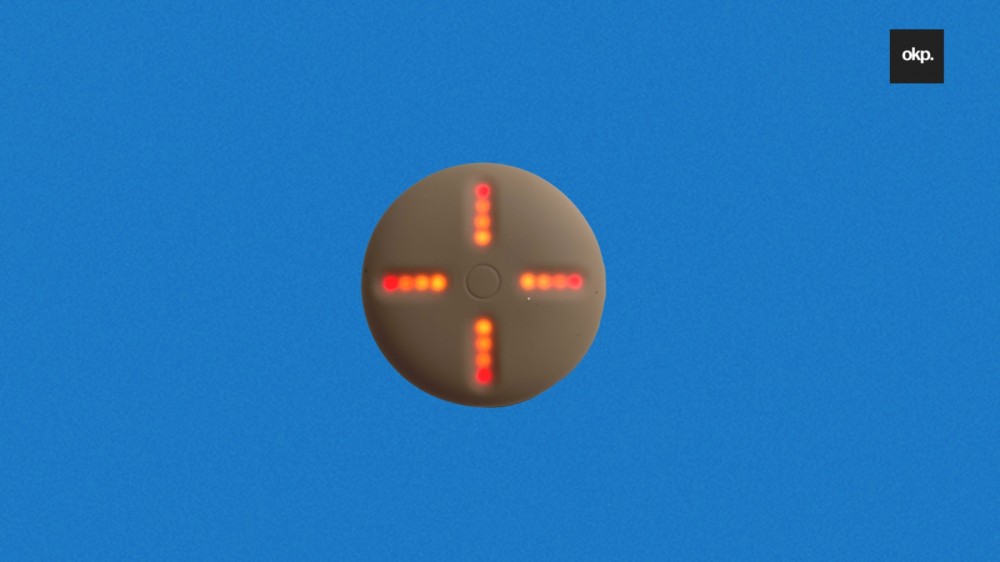Listening to ‘Donda 2’ is the Wrong Reason to Buy Kanye’s Stem Player

Though it went mostly overlooked upon introduction, Kanye West’s Stem Player is a surprisingly sophisticated piece of hardware with utility well beyond holding an exclusive copy of the Donda sequel.
In the late afternoon of February 23rd — well past a self-set date for the arrival of Donda 2— Ye, the artist formerly known as Kanye West, let the first four tracks of the album trickle out. On the following day, 12 more were added to the sequence. True to the defiance of DSPs announced weeks ago, the new album is exclusively available on the Stem Player, a portable speaker and audio player limitedly released during the cursed rollout of the first project West named after his late mother (which is up for “Album of The Year” at the 2022 Grammys.)
Some of you may recall the chaotic confluence of legal battles, rap beefs, and brand activations that lined the rapper’s last calendar year. Between refusing to divorce one of the most famous people on the planet, openly admitting he exploited backpack rap to break into the industry, and staging a gaudy reunion with an on-again-off-again foe, the Stem Player wasn’t afforded a proper push. As a result, the device, which is surprisingly sophisticated and filled with utilities beyond holding an exclusive copy of Donda 2, went mostly unnoticed after its initial introduction in the fall of 2021. Since then, there have been efforts to adequately prop up the Stem Player, most notably with the release of three Donda bonus tracks (including but not limited to the stellar André 3000 collaboration, “Welcome To The Party,”) and, more recently, with a stanglehold on the album’s sequel. That last bit appears to have compelled tens of thousands of West’s fans to finally buy in. According to West’s own figures (which should be thoroughly scrutinized,) the February 18th announcement of Donda 2 being solely available on the Stem Player led to a 24-hour sales total of about $1.5 million or hundreds of millions of album streams worth of revenue (without, you know, actually having an album out.)

For $200, users get hardware with the ability to isolate, split, and manipulate up to four of the individual tracks of a song (usually vocals, drums, bass, and whatever the remaining portion of the composition comprises). Photo Credit: Zo for Okayplayer
Based on the size of the sales bump, it seems a good chunk of new and soon-to-be Stem Player owners made their purchases with the hopes of either flipping it on the secondhand market or getting an early ear on Donda 2. And frankly, that’s a shame. Hip-hop and the consumer electronics game rarely interact in any meaningful way. Sure, there are pieces of studio equipment (samplers, sequencers, and MIDI controllers,) that have become almost synonymous with the genre’s mechanics, but save for a few exceptions, those instruments aren’t exactly accessible to everymen or even some production enthusiasts. The Stem Player, however, bridges the gap in a way. For $200, users get hardware with the ability to isolate, split, and manipulate up to four of the individual tracks of a song (usually vocals, drums, bass, and whatever the remaining portion of the composition comprises). And it’s all housed in a fairly sleek and cushioned speaker-ish body with haptic feedback and access to a couple of useful effects, including reverse-playback, reverb, and a very handy looper. Like any fledgling piece of tech, there’s a bit of a learning curve, but once you figure out what all four buttons on the device are assigned to, the Stem Player can be easily integrated into a production workflow. Probably not as its centerpiece, but at least as a complement to an established setup, allowing producers to ween themselves off their reliance on web-based stem-splitting apps and seamlessly create on-the-go.
For all its polish and deceptively deep functionality, the Stem Player is not without its flaws. Currently, the player is overly reliant on its proprietary in-browser interface, which requires users to have a Stem Player connected to the computer in order to load, edit, and play anything off the device. There’s also no way to download digital files of anything offered through the platform. So once a song or album is sent to the device, that’s basically the only place you can hear it, which makes it less than ideal for a casual listening session (unless you’re someone who considers manually pressing play on every song a comfortable routine.) The aux port on the Stem Player alleviates some of the clunkiness in the listening experience, but not enough to make hearing anything on it worth the price tag on its own.
With that in mind, listening to Donda 2 on the Stem Player is absolutely the wrong reason to buy one. But it certainly doesn’t deserve to be written off as a half-baked gimmick. The implications of an artist-owned platform with its own dedicated hardware are vast and potentially disruptive to the label-serving infrastructure of the music industry. Hell, the concept of “finishing” an album could be wholly redefined. But it might take a few more tweaks and prototypes to infiltrate the streaming wars in any substantial way.

